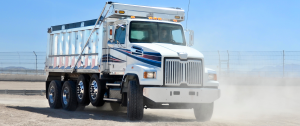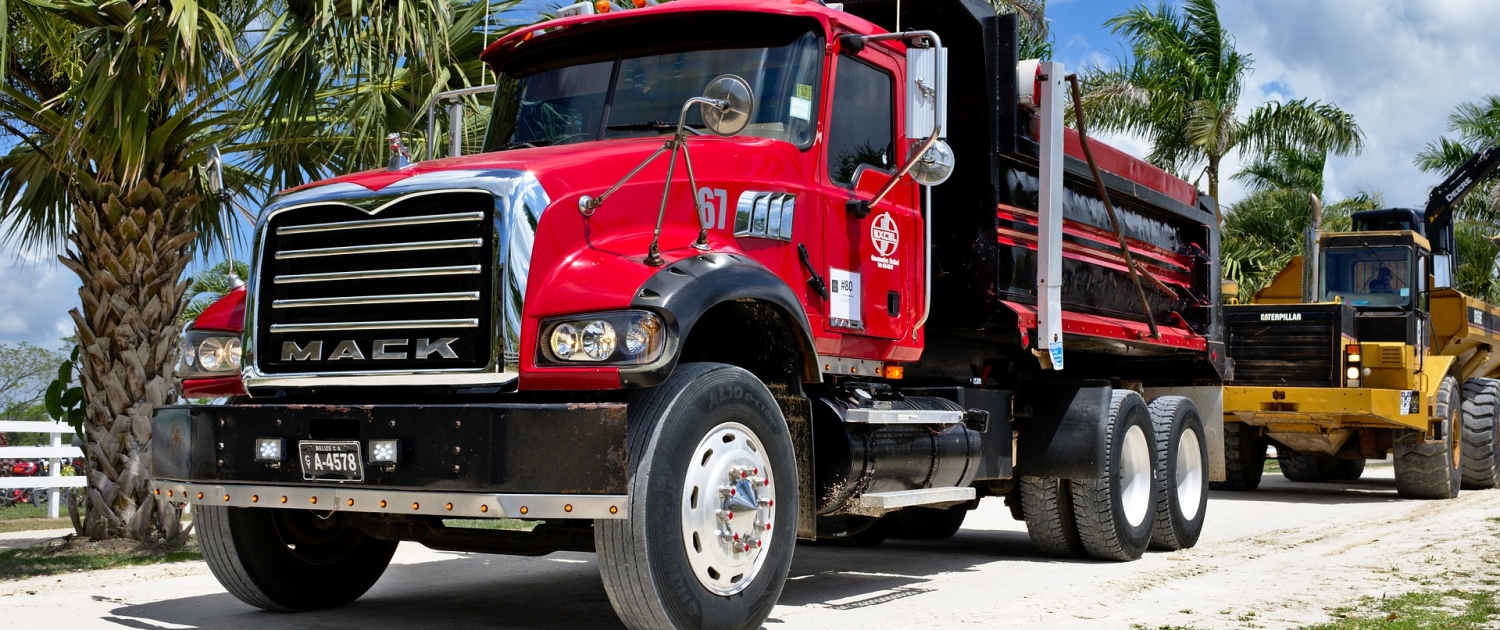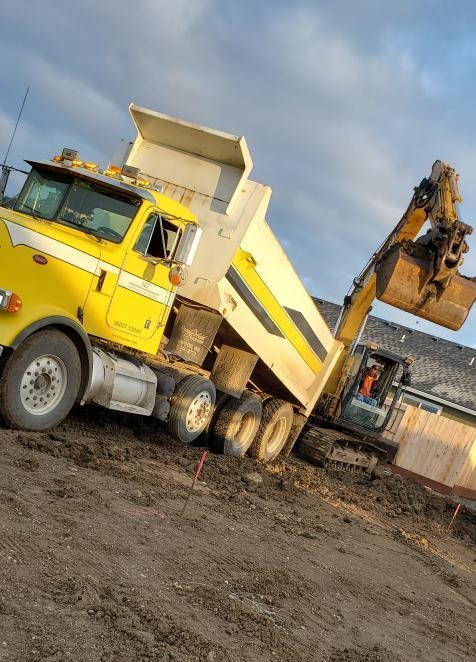
If you’re thinking about a career in commercial driving, you probably know that there are different types of Commercial Driver’s Licenses (CDLs).
While many people entering the field focus on Class A CDLs, which are required for long-haul trucking, a Class B CDL is another great option that provides unique job opportunities, often with more home time and predictable schedules.
Keep reading to learn what a CDL B license really is, how it differs from other CDLs, the types of jobs available, and the benefits of pursuing a CDL B driving career.
What is a CDL B License?
A CDL B (Commercial Driver’s License – Class B) is a type of commercial license that allows drivers to operate single vehicles with a gross vehicle weight rating (GVWR) of 26,001 pounds or more or tow a trailer that does not exceed 10,000 pounds.
CDL B drivers handle medium to heavy-duty vehicles but do not typically drive large tractor-trailers like CDL A holders.
CDL B vs. CDL A vs. CDL C
Understanding the differences between the three types of CDL classes is essential to understanding which option is best for your career interests and experience. For our full guide on CDL class types and endorsements, read more here.
Here’s a quick breakdown to explain how a CDL B differs from other CDL classes:
- CDL A: Required for vehicles with a GVWR over 26,001 pounds and a trailer over 10,000 pounds. It includes tractor-trailers, flatbeds, and tanker trucks. CDL A drivers often do long-haul trucking across states, also called over the road (OTR) driving.
- CDL B: Allows drivers to operate straight trucks, box trucks, dump trucks, and buses. They can tow trailers under 10,000 pounds. CDL B drivers typically work locally or regionally.
- CDL C: Required for smaller commercial vehicles that transport 16 or more passengers (like passenger vans or small buses) or carry hazardous materials in quantities requiring placards.
Common CDL B Driving Jobs
CDL B drivers have access to a wide variety of driving jobs across different industries. Here are some of the most common CDL B jobs:
Delivery Truck Drivers
- Operate box trucks or straight trucks for food distributors, furniture companies, or parcel delivery services.
- Often have local or regional routes, meaning more home time than long-haul trucking.
Dump Truck Drivers
- Work in construction, roadwork, and landscaping by hauling materials like sand, gravel, or asphalt.
- May work seasonally or year-round depending on the company and location.
Bus Drivers (School & Transit)
- Drive school buses, city transit buses, or shuttle buses for universities, airports, and hotels.
- Require a Passenger (P) endorsement and, for school buses, a School Bus (S) endorsement.
Cement & Ready-Mix Truck Drivers
- Deliver concrete to construction sites. These trucks have a rotating drum to mix and keep cement from hardening.
- Often work early shifts and have set schedules.
Tow Truck Operators
- Require a CDL B for heavy-duty tow trucks that assist with broken-down buses, large trucks, and RVs.
- Can work independently or for towing companies and roadside assistance providers.
Utility & Service Truck Drivers
- Drive vehicles used by utility companies (electric, water, gas) to transport heavy equipment or mobile repair units.
- Some jobs require additional mechanical skills.
Refrigerated Box Truck Drivers
- Transport perishable goods, such as dairy, frozen food, or pharmaceuticals, using refrigerated trucks.
- Often work on set delivery schedules, ensuring businesses receive fresh products.
Moving Company Drivers
- Drive moving trucks for residential and commercial relocations.
- Often assists in loading and unloading in addition to driving.
Benefits of CDL B Driving Jobs
Pursuing a CDL B career offers several advantages compared to CDL A or non-commercial driving jobs. Here are some of the key benefits:
- More Local or Regional Routes
Unlike CDL A drivers who often travel across multiple states and spend days or weeks away from home, CDL B jobs are typically local or regional. Many CDL B drivers are home every night or multiple times a week, making it an excellent choice for those who value family time.
- Easier to Obtain Than CDL A
CDL B vehicles are often smaller and easier to handle than tractor-trailers.
CDL B training takes less time than CDL A training, usually a few weeks to a couple of months depending on the program.
- Good Job Stability
CDL B jobs are always in demand, especially in construction, delivery, public transportation, and utility services.
Many industries that employ CDL B drivers are less affected by economic downturns, ensuring job security.
- Competitive Pay & Benefits
While CDL B drivers may not earn as much as CDL A long-haul drivers, they still receive a steady income that ranges widely depending on location, industry, and driver experience.
Many CDL B jobs include overtime opportunities, benefits, and retirement plans.
- Variety of Job Opportunities
With a CDL B, you’re not limited to one type of driving job. If you want to switch from delivery driving to dump truck operation or bus driving, you can do so without getting a new license.
Looking for more information on potential jobs and new trends in the trucking industry? Be sure to check out more posts on our blog and follow us on social media!




 Dump truck jobs are great positions for drivers who want to stay close to home and are happy to be out rain or shine. Dump truck work includes a big range in type of load. Some drivers
Dump truck jobs are great positions for drivers who want to stay close to home and are happy to be out rain or shine. Dump truck work includes a big range in type of load. Some drivers 




 Today’s Job of the Day comes to us from Allan Meyers MD Inc.
Today’s Job of the Day comes to us from Allan Meyers MD Inc.
